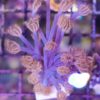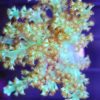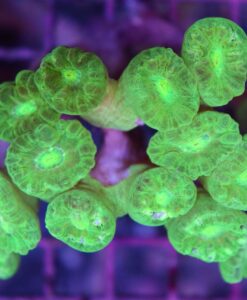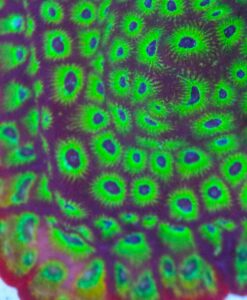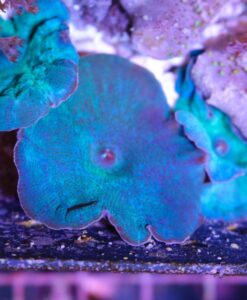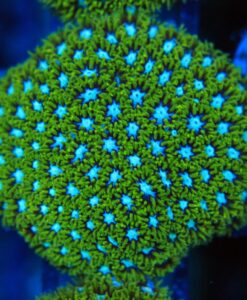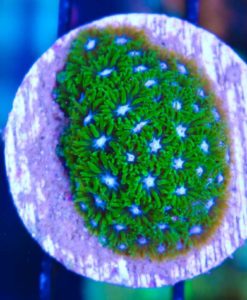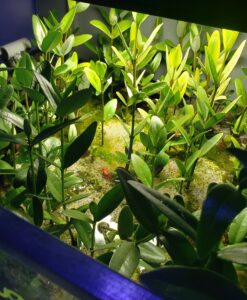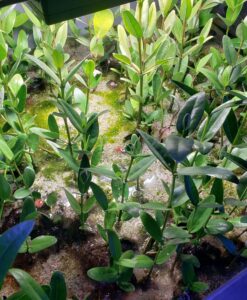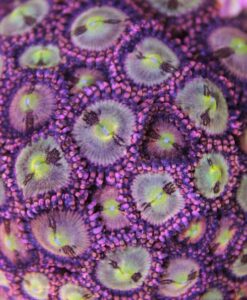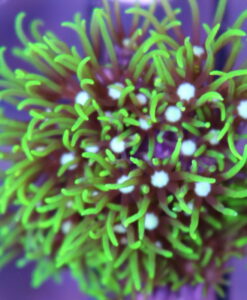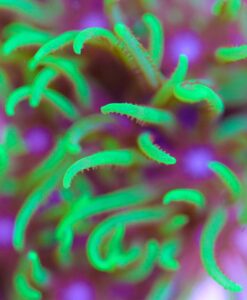Blue Lighting Maxima Clam
$300.00
Maxima Clam
(Tridacna maxima)
We highly recommend this clam holder for this animal
Care: Easy
Temperament: Peaceful. No sweepers or tentacles
Diet: Photosynthetic / Filter Feeder
Water Parameters: Salinity 1.024-.26, Temp 77-78, ph 7.7-8.2
Population: 1/ 30 gallons
Reef Safe: yes
Lifespan: Up to 200 years in the wild
Breeding: Can be aquacultured but not generally by hobbyists
Gender: Yes but no defining physical differentiation. All clams are born male
The Maxima Clam is probably the most popular decorative clam in the saltwater hobby and it is easy to see why. It is also known as the Small Giant Clam and can reach sizes of 12 inches in the wild, but rarely achieve that size in captivity. They are generally found in varying shades of blue, gold and green. They can contain a striking variety of colours and patterns and each specimen is truly unique. The prices of these clams are generally based on a combination of their size, colour intensity and the complexity of their colour patterns.
The Maxima Clam is native to the Indo-Pacific region but the vast majority of specimens available for purchase in the hobby are aquacultured on clam farms. Due to the fact that they are photosynthetic they are generally found in shallower reef waters in depths between 4 and 20 feet. They tend to be more numerous at shallower depths as well. They form a symbiotic relationship with zooxanthellae algae which gives them their intense colouration as well as enabling photosynthesis. As a result, they require moderately intense lighting in a home aquarium. In the wild they use a combination of thread like appendages to burrow into reef rock in order to affix themselves. They will also display this type of behaviour in a home aquarium and generally attach themselves within a few days of being added to a tank. For this reason it is important to pay careful attention to the initial placement as it will likely become permanent. They generally should not be removed once attached to the rock. They have no specific predators but some species of angelfish have been known to nip at their mantles.
As arguably the most visually stunning decorative clam in the hobby, the Maxima makes a stunning addition to any home tank. Their peaceful nature means that multiple specimens can be placed in close proximity as well. Since they are photosynthetic their care requirements are fairly simple, provided that stable water parameters can be maintained. They are also filter feeders and, as such, do best in established aquariums. If desired they can also be spot fed food designed for filter feeders.
Out of stock


